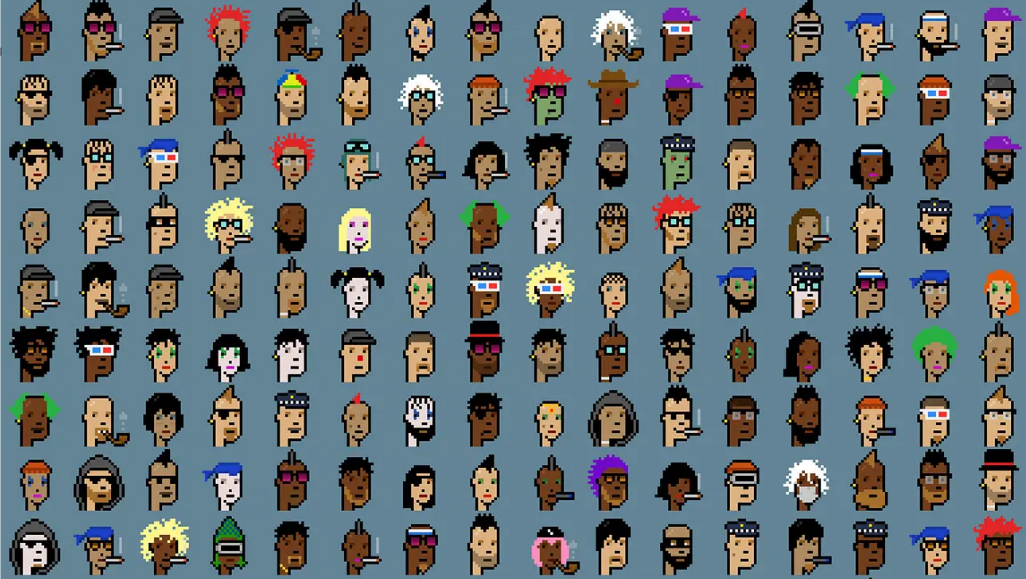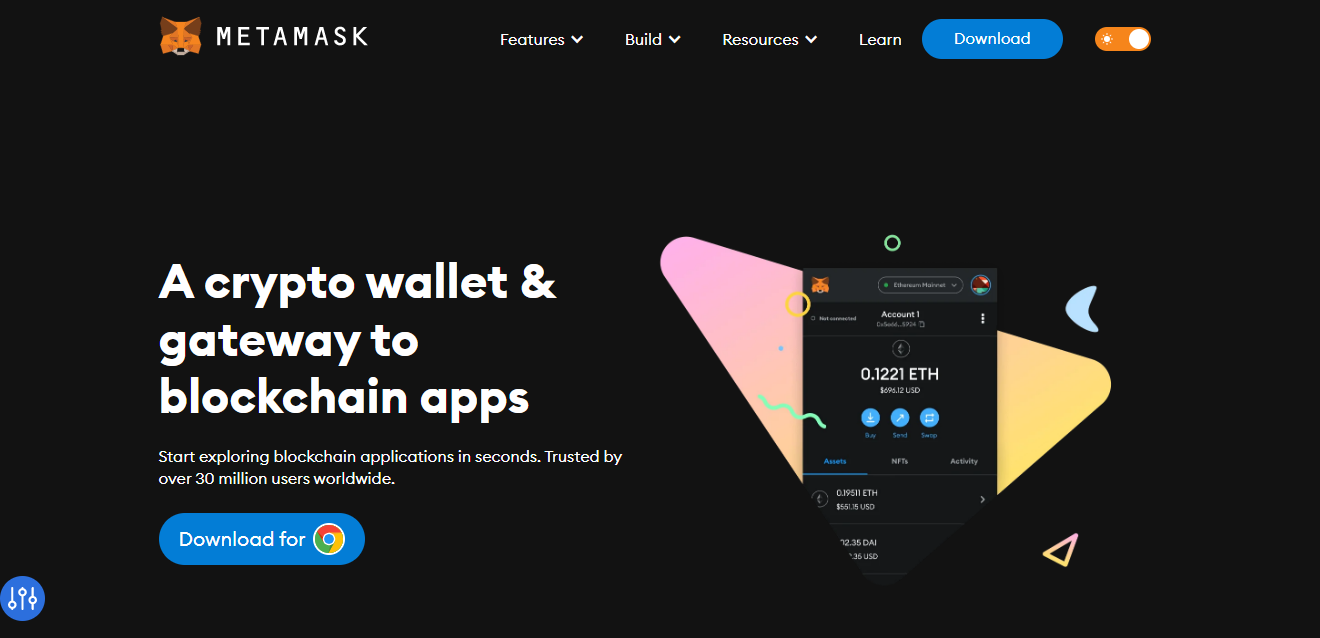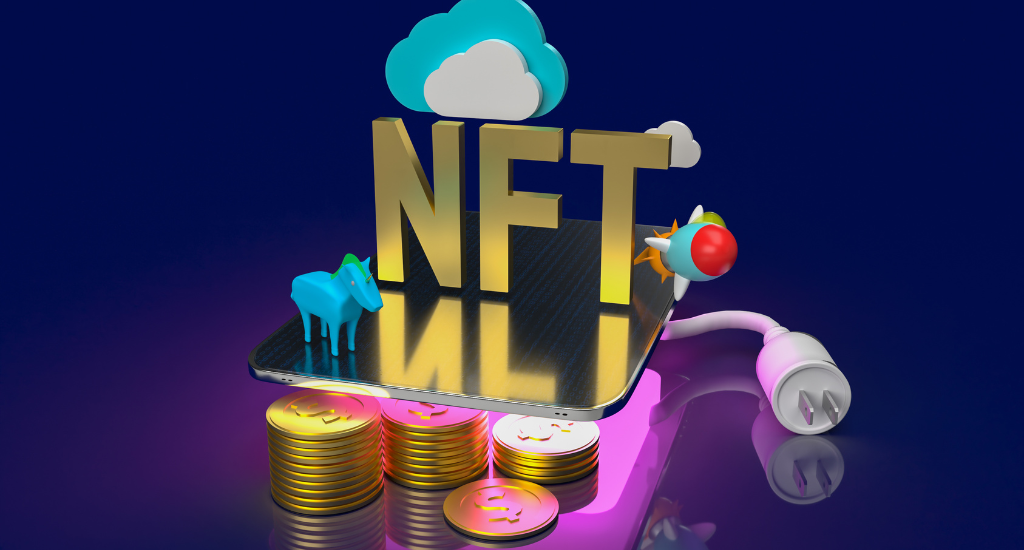Over the past two year, NFTs have exploded in popularity, from being featured in the news to being sold for millions of dollars. If you’re new to the world of NFTs, you might feel a little overwhelmed by all the hype surrounding them.
In this beginner’s guide, we will explain everything you need to know about NFTs, how they work, the types of NFTs, the pros and cons of owning them, and how to buy and sell them.
What are NFTs?
NFTs, or Non-Fungible Tokens, are digital assets that are unique and cannot be replicated or exchanged for something else. They are created on a blockchain network, which provides a secure and transparent way to store and verify the ownership of the asset. NFTs can take many forms, such as art, music, videos, and collectibles.
NFTs differ from cryptocurrencies like Bitcoin and Ethereum, which are fungible, meaning each token is identical and interchangeable. In contrast, each NFT is unique and has its own distinct value based on its rarity, history, and other factors.
How do NFTs work?
The process of creating and selling NFTs is straightforward. An artist or creator can create an NFT by uploading a digital asset onto a blockchain network, such as Ethereum or Solana. The NFT is created by minting a new token that represents ownership of the asset. The metadata associated with the NFT, such as the artist’s name, description of the asset, and transaction history, are also stored on the blockchain.
Once the NFT is created, it can be sold on various marketplaces, such as OpenSea, Rarible, or SuperRare. The buyer of the NFT becomes the new owner of the digital asset and has exclusive rights to it. The artist or creator receives a percentage of the sale price, known as a royalty, every time the NFT is resold.

Smart contracts are used to automate the buying and selling process, which means that the transaction occurs automatically when the buyer and seller agree on a price. The smart contract ensures that the NFT is transferred to the buyer and that the seller receives payment.
Types of NFTs
Digital art NFTs are the most common type of NFTs and have been the main driver of the NFT market. They range from traditional paintings and drawings to digital animations and 3D models.
Collectible NFTs are another popular type of NFT that has gained traction in the gaming community. These are typically digital items, such as trading cards, that are limited in supply and can be traded or sold between players.
For example, the Cryptopunks series boasts some of the highest prices, closely followed by the Bored Ape Yacht Club (BAYC) collection. BAYC’s popularity has surged due to its endorsement by celebrities, and a few Cryptopunks and Meebits collections are also highly coveted.

Gaming NFTs are unique items or characters in video games that can be bought and sold on NFT marketplaces. They provide players with a sense of ownership and rarity in the game world.
Music NFTs are another emerging type of NFT that allows musicians to sell unique digital content to fans. For example, Kings of Leon recently released an album as an NFT, which included exclusive perks such as concert tickets and VIP experiences.
Pros and Cons of NFTs
| Pros of NFTs | |
| Pros of NFTs | Explanation |
| ✅ Unique ownership | NFTs establish clear ownership of digital assets, preventing duplication and piracy. |
| ✅ Monetization potential | Creators can monetize their digital works and earn revenue through the sale of NFTs. |
| ✅ Enhanced value | NFTs can increase the value of digital assets, making them more valuable and collectible. |
| ✅Decentralization | NFTs operate on blockchain technology, which decentralizes control and eliminates the need for intermediaries. |
| ✅ Transparency | NFTs are transparent, providing a clear record of ownership, transfer, and sale. |
| ✅ Creative freedom | NFTs allow creators to have complete creative control over their digital works. |
| ✅ Community building | NFTs can facilitate community building among artists, collectors, and fans. |
| ✅ Cross-platform compatibility | NFTs can be used across multiple platforms and marketplaces, expanding their reach and potential audience. |
| ✅ New revenue streams | NFTs provide new opportunities for revenue generation, particularly for artists and other creators. |
| ✅ Increased exposure | NFTs can increase exposure for digital creators, as they are often shared and promoted on social media and other platforms. |
Cons of NFTs
| Cons of NFTs | Explanation |
| ❌ High Environmental Impact | The energy consumption required to create and maintain NFTs is a concern for many, particularly in the face of climate change. |
| ❌ Lack of Regulation | The lack of regulation in the NFT market can lead to fraud, scams, and other unethical behavior. |
| ❌ Limited Accessibility | The high cost of NFTs can limit accessibility to those with more financial resources, creating exclusivity. |
| ❌ Market Volatility | The NFT market is subject to price volatility, making it unpredictable and risky for buyers and sellers. |
Buying and Selling NFTs
If you’re interested in buying an NFT, the first step is to set up a digital wallet that is compatible with the blockchain network where the NFT is hosted. Popular digital wallets include MetaMask, Coinbase Wallet, and Trust Wallet. Once you have a wallet, you can browse NFT marketplaces to find an NFT that you’re interested in.

It’s important to research the NFT and its creator before making a purchase. Look at the artwork or digital asset that the NFT represents, read the description and transaction history, and verify that the creator is legitimate.
When you’re ready to make a purchase, you’ll need to place a bid or buy the NFT outright. The transaction will be completed using cryptocurrency, which can be purchased using a cryptocurrency exchange. Once the transaction is complete, the NFT will be transferred to your digital wallet, and you’ll officially own the digital asset.
If you’re interested in selling an NFT, you’ll need to list it on a marketplace and set a price. Keep in mind that NFT prices can be volatile, so it’s essential to research the market and set a price that reflects the value of the NFT. You’ll receive a percentage of the sale price as a royalty every time the NFT is resold.
Future of NFTs
The future of NFTs is still uncertain, but many predict that they will continue to grow in popularity and become a mainstream way to own and trade digital assets. As more artists, musicians, and creators enter the NFT market, we can expect to see a greater variety of NFTs and marketplaces emerge.
However, there are also concerns about the sustainability and environmental impact of blockchain technology. Some argue that the high energy consumption required for blockchain transactions is unsustainable and harmful to the environment.
Enter The World Of Nfts And Own A Piece Of Digital History

NFTs are a new and exciting way to own and trade digital assets, and their popularity shows no signs of slowing down. While there are pros and cons to owning NFTs, they provide a unique and secure way to own digital content and give creators a new way to monetize their work.
If you are interested in buying or selling an NFT, it’s essential to research the market, the NFT, and the creator before making a purchase. As the NFT market continues to evolve, we can expect to see more innovation and development in the industry.
